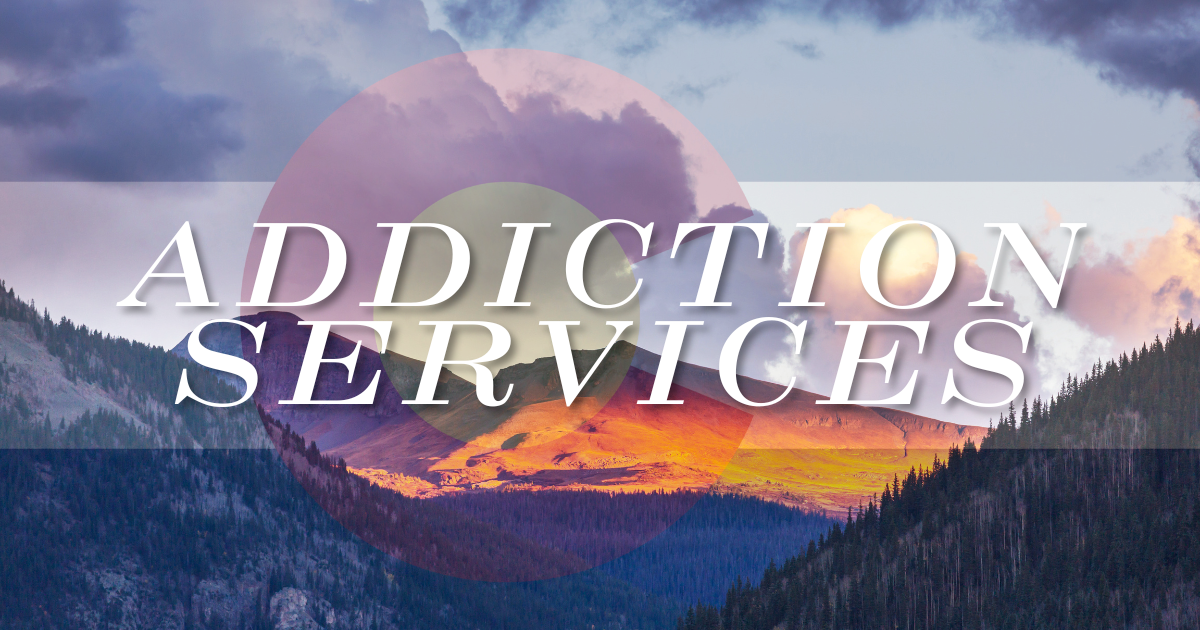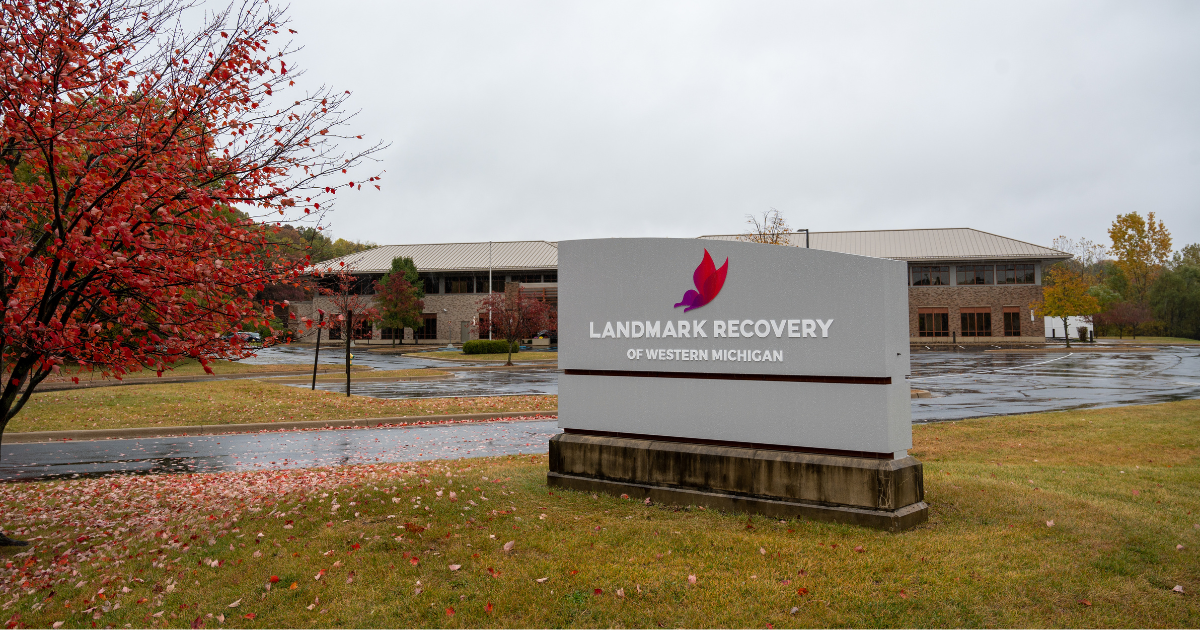Opioid addiction is a disease that has directly and indirectly impacted the lives of millions of people. According to the National Institute on Drug Abuse, in 2015 opioid overdoses killed over 30,000 people and that number has continued to rise in the years since. This means that every year, the opioid crisis kills almost five times as many Americans than all the American soldiers who have died in the Middle East since 2001. As opioid abuse and misuse continues to rise, the U.S. government has taken steps to try to curb the problems but no real results have been seen. Also, the Food and Drug Administration recently approved the use of Dsuvia, a new opioid that is 10 times more powerful than fentanyl.
As the opioid crisis comes more and more into the national spotlight, solutions are minuscule. But, there is one lesser-known medication that has been being used to try and counter overdoses and relapses
However, antagonist medications like naloxone and vivitrol are being used now in cases of opioid dependence in an attempt to reduce the number of overdoses and relapses.
What is Vivitrol?

Vivitrol is a non-addictive, once a month treatment proven to prevent relapse in opioid-dependent patients after going through detoxification. Vivitrol does this by blocking the opioid receptors in the brain, this allows patients to work on the psychological aspects of counseling while sidestepping the potential of relapse.
Vivitrol is a blocking medication in which antagonists attach to the opioid receptors in the brain but do not cause the release of dopamine. It is non-addictive and does not lead to physical dependence.
During a 6-month clinical trial of the medication, those receiving Vivitrol had 90 percent opioid-free weeks compared to just 35 percent for those receiving the placebo. Fifty-five percent reported that they had a decrease in opioid cravings compared to 3 percent. Those taking the medication were 17 times less likely to relapse compared to the placebo. Finally, those on the medication stayed in treatment nearly 43 percent longer than those in the placebo group.
Overdoses
Heroin and other opioids overdoses are more common than some would expect, however, most overdoses that do occur tend to be not be deadly. About 45 percent of drug users experience non-fatal overdoses while about 70 percent witness a drug overdose in their lifetime. Knowing the signs of heroin and other opioid overdoses can come in handy if someone were to find themselves in a traumatic situation such as this.
If the symptoms for these overdoses are noticed, calling 911 immediately can help to save a life.
Heroin Overdose
When heroin is smoked or ingested, the drug activates neurotransmitters in your brain which are responsible for feelings of euphoria. However repeated use of the drug can lead to a decrease in your brain’s white matter over team which can affect behavior, emotions and cognitive ability.
When you put too much heroin into your body an overdose can occur causing your body to panic. There are many things that can happen during a heroin overdose.
Heart
For example, your heart can start beating irregularly, experiencing arrhythmia. During this time, your heat may not be able to pump the correct amount of blood through your body to supply organs with enough oxygen which can cause the body to shut down.
Nervous System
Any type of opioid disrupts the natural production of norepinephrine, a compound in the brain that works as a neurotransmitter. This will cause pain sensations in the body to be blocked, causing drowsiness.Eventually, everything can shut down making your blood pressure drop and your heart rate slow. As the body develops a tolerance, drug abusers will continue to use larger and larger quantities making the risk overdosing spike.
Breathing
When the body is no longer able to handle the amount of heroin, the respiratory and central nervous system is affected. The body can shut down and stop breathing.
These symptoms and others, including losing consciousness, vomiting, choking, and a limp body can all be signs that someone may be overdosing on heroin.
Opioid Overdose
According to the World Health Organization, an opioid overdose can be identified through a combination of three signs and symptoms that are referred to as the “opioid overdose triad”. The symptoms of the triad are pinpoint pupils, unconsciousness, and respiratory depression.
Pinpoint Pupils
Normally, pupils will change size due to the amount of light in area. In darkness, pupils will open wider or dilate to let more light in and increase vision. As the light increases, pupils will get smaller to prevent too much light from getting in. However, drug use can cause changes in your pupil size regardless of changes to light. The use of opioids can cause pupils to constrict, one of the many symptoms of overdoses.
Respiratory Depression
The combination of opioids with alcohol or sedative medication greatly increases the risk of respiratory depression and death. Respiratory depression is defined by low breathing frequency.
Unconsciousness
High doses of opioids can lead to respiratory depression and slow breathing which, in turn, can cause the body to go unconscious. If the overdose is not treated immediately, unconsciousness can cause death.
According to the WHO, some individuals are at higher risk of opioid overdoses than others. Obviously, people who have built up a dependence to these drugs are at a greater risk because they are taking more and more of them. People who inject opioids, people who suffer from other medical conditions like HIV or depression, and household members of people in possession of opioids are all at increased risk for opioid overdoses.
Opioid overdoses can lead to death, however, there opioid antagonists that are available to medical personnel to reverse the effects opioid overdoses. For example, both naloxone and naltrexone are sometimes available if someone is experiencing an overdoses.
Naloxene is a medication that is designed to rapidly reduce life-threatening opioid overdose symptoms. It can be given to someone through injection or through a nasal spray.
This is why contacting medical personnel is so important, because they have access to these types of opioid antagonists.
While there are things that can be done if an overdose does happen, it is still best to try and avoid the situation altogether.
There are certain preventative measures that the community and can take to decrease their chances of themselves or a loved one going through an opioid overdose. For instance, increasing the availability of opioid dependence treatment, including those dependent upon prescription opioids could have a major impact on drug overdoses. Similarly, reducing and monitoring opioid prescriptions as well as limiting inappropriate over-the-counter sales of the drugs will reduce the amount of drugs in the community and, therefore, reduce the likelihood of use and abuse.
Relapses
Despite the preventative measures that can be taken, drug use will still happen and overdoses can still occur. Even after going through drug treatment and getting sober, because recovery is a lifelong struggle, there is always a chance of relapse among people in recovery.
A study done on the risks of relapse says that many people who go through recovery suffer from a relapse during their path to sobriety
“Recent estimates from clinical treatment studies suggest that more than two thirds of individuals relapse within weeks to months of initiating treatment. For 1-year outcomes across alcohol, nicotine, weight, and illicit drug abuse, studies show that more than 85% of individuals relapse and return to drug use within 1 year of treatment,” the study said.
Relapsing after weeks, months or even years of treatment can be a disheartening thing. However, if a someone finds themselves in this situation it is important to remember that recovery is a long process and that many go through this.
One of the biggest things that someone who has suffered from a relapse can do to move on is to get support from loved ones and professionals. Reaching out to family members, friends, sponsors and medical professionals can be a tough thing to do as you are admitting that you made a mistake, but it is an important part of the process of getting back on the path to sobriety.
Thinking of relapse as a stepping stone and a teaching moment can be helpful as well. According to the study, many reasons for relapse include stress, negative mood or anxiety, boredom, and lack of a positive environment. However, there are always personal reasons that a patient may relapse. Trying to identify and understand these reasons are things that the person suffering from addiction can do to help prevent relapse in the future.
Because relapses are a constant threat to sobriety, having a tool that would be able to stop a relapse in its tracks would be beneficial for those dealing with cravings.
This is where Vivitrol comes in.
The Impact of Vivitrol
While there are options for people who suffer from an overdose such as naloxone and naltrexone, Vivitrol is one antagonist that can prevent a relapse altogether. Vivitrol specially can help with relapse because it is only effective after a patient has been through the detoxification process.
One of the hardest parts about going through drug treatment are the urges and cravings to use again after starting the program. During your first few weeks of treatment, urges are said to be the strongest, which would be a good time to use Vivitrol. While the medication would not fight the urges it would make sure that if you do use, you don’t feel the effects of the drug because, as mentioned before, Vivitrol is an antagonist that attaches to the opioid receptors and does not cause the release of the dopamine. After taking the medication through injection, it blocks the opioid receptors in the brain for one month at a times. This allows patients to prevent relapse following detox and to focus on the other aspects of treatment like counseling.
The use of Vivitrol to counteract relapses could be effective in preventing full-blown relapses and making sure that those who are suffering from substance abuse stay on the path of recovery.
Risks of Vivitrol
While the medication can prevent a relapse due to the lack of dopamine that is released during opioid use, there are still risks that come with using Vivitrol.
One big risk that may get overlooked because of the nature of the medication is that an overdose can still happen. Because Vivitrol blocks the effects of opioids, some may try to overcome this blocking effect by taking larger and larger amounts of overdose. However, this can still have a disastrous effect on the body that can lead to serious injury, comas, and even death.
Another risk that comes with using Vivitrol is liver damage and hepatitis. While receiving Vivitrol be aware of stomach area pain last more than a few days, yellowing of the eyes and tiredness. If someone taking Vivitrol is experiencing any of these symptoms they should be sure to contact their healthcare provider.
First Steps
Despite the risks, Vivitrol holds a lot of obvious benefits for combating the opioid crisis that the country is experiencing. Utilizing antagonist medications like Vivitrol and Naxolene may be important beginning steps for substance abusers back on track to living a healthy lifestyle and could be instrumental in reducing the number of deaths and addictions in the country.
In Conclusion
At Landmark Recovery, we believe in holistic treatment that combines leading therapeutic models, long-term recovery programs, and clinically tested medication to give the best possible chances of recovery for our patients. If you are thinking about enrolling in a residential treatment, outpatient or a drug rehab/alcohol rehab program, Landmark Recovery can help you get treatment that is affordable and effective.

Choose Recovery Over Addiction
We're here 24/7 to help you get the care you need to live life on your terms, without drugs or alcohol. Talk to our recovery specialists today and learn about our integrated treatment programs.



